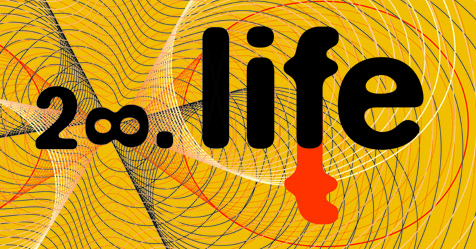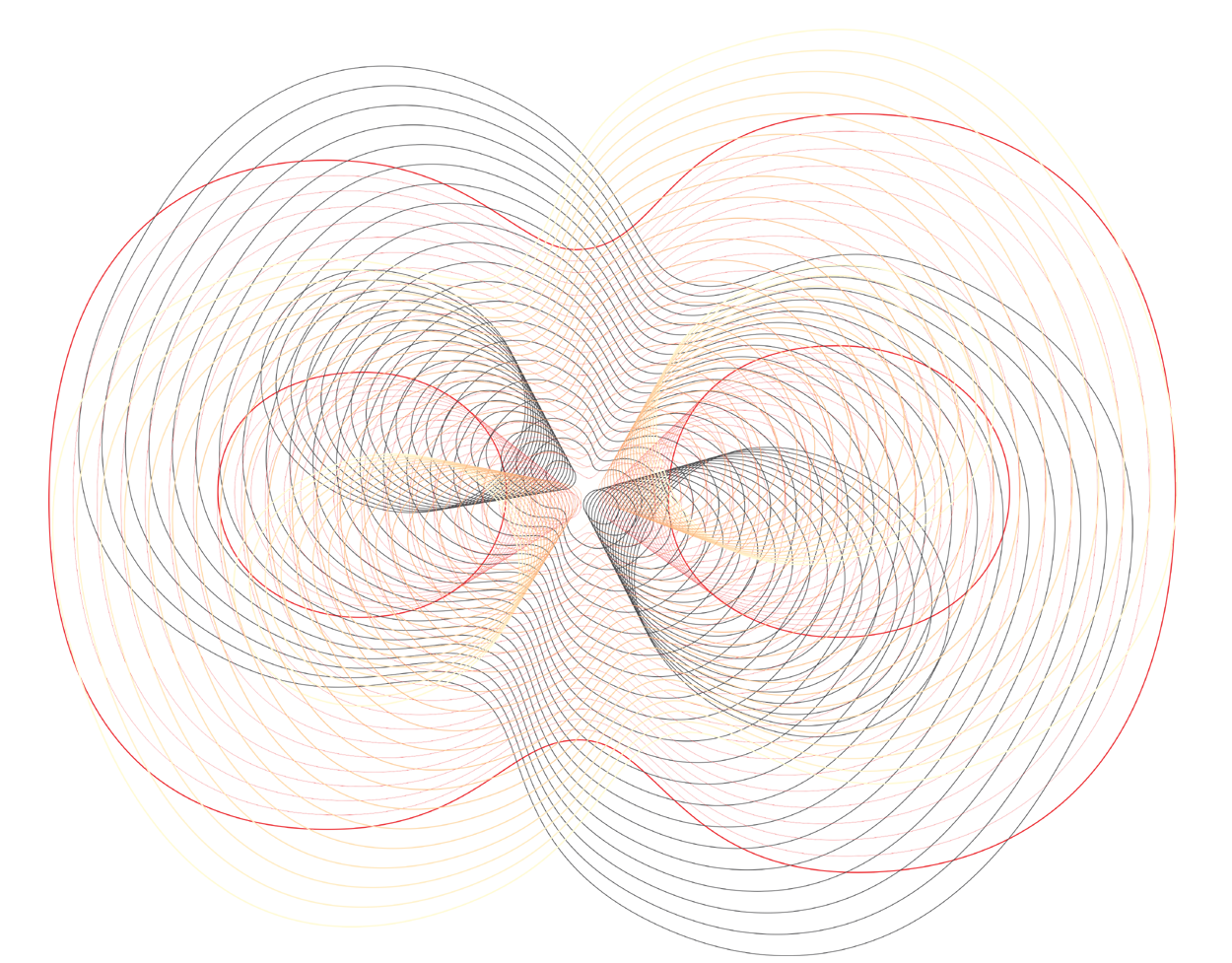In the afternoon of 9 November, Ferenc Török, Hungarian director and co-screenwriter of 1945, greeted the viewers after the screening of his film in Cankarjev dom’s Kosovel Hall. A story about enduring racism that still partially exists in the Hungarian countryside despite antifascist authorities, 1945 is – according to the filmmaker – a “sketch” of the political situation after the war. The director did not intend for the film to convey abstract metaphors for the Hungarian society at large, but aimed to trigger a debate about anti-Semitism. “Seventy years later we are mature enough to be able to discuss it soberly,” he said and added, “… I hope.” Naturally, this was a telling adjunct. With the increasingly strained political circumstances and the right-wing politics’ continued rise to power in Hungary as well as in Europe, the local prejudices against Jews and anti-Semitism have got additionally tabooised. This was also one of the reasons for the prolonged filmmaking of 1945, which is – as felicitously ascertained by Simon Popek – a masterful tribute to Sergio Leone’s Italian westerns and Béla Tarr’s reflective cinematic landscapes. Namely, the film took twelve years in the making – from the first, rough ten-page version of the script, which focused on the post-war return of two Jews, to a complex and multilayered depiction of a village community still recovering from its war traumas. Török, who lives next door to co-screenwriter Gábor T. Szántó, explained that the film crew had aimed to offer a reflection about potential aggression without having to resort to the classical methods of kitschy Western cinema featuring explicit action and slaughter. To this end, the crew used – according to the filmmaker – “a spiritual language” and portrayed the “pilgrimage of Jews” that interferes in “the drama of the village.” 1945, which was distributed in the USA after receiving an award at the Berlin Film Festival, got an enthusiastic reception from the 28th Liffe cinema-goers.
Written by Andraž Jež
Photo Iztok Dimc



